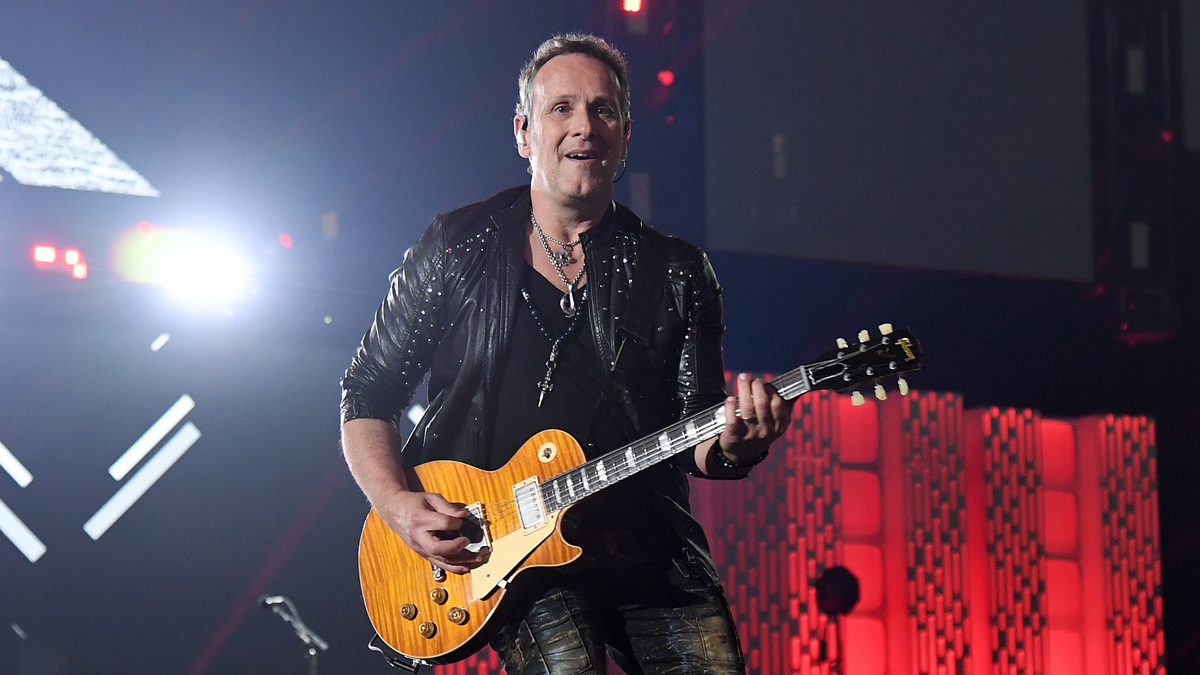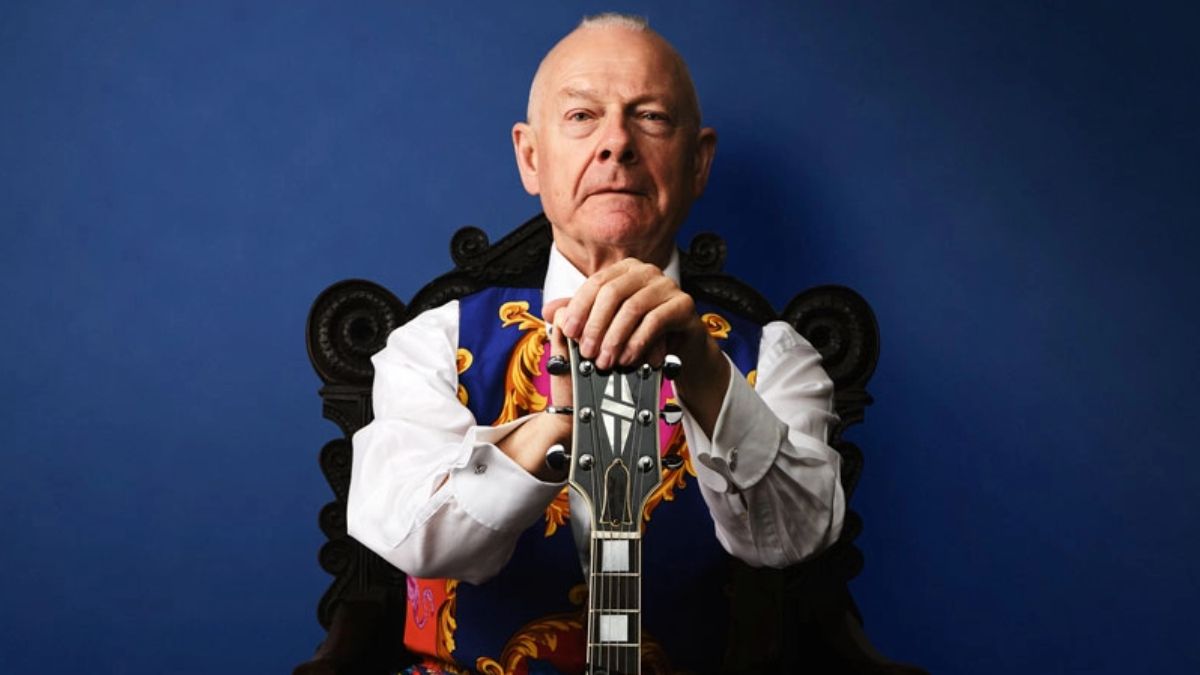Vivian Campbell admits he developed his signature vibrato style by accident
The guitarist didn’t even realize what he was doing until Ronnie James Dio pointed it out

Today, adding vibrato to chords is a metal signature. But Vivian Campbell, who helped pioneer the style, has admitted he didn’t even notice he did it at first.
“I put vibrato on my chords. I never realized I did until Ronnie Dio pointed it out to me,” Campbell said of his discovery in a new interview for Total Guitar. “It was only because I played a Les Paul, and [with] Les Pauls you can be in tune on a first position chord, but by the time you’re on the fifth fret playing a barre chord it’s a little fruity. By the time you’re further up it’s really exotic.
“When you had a floating tremolo bar you could always use a little shimmer to offset any tuning irregularities,” he noted. “But with a fixed bridge I’m thinking, ‘Ah, that string’s a little out,’ so I would just naturally put vibrato on chords to mask it.
“I didn’t realize I did it until after being with Dio for a year or two. Ronnie says, ‘You know what I really love about you?’ and he leaned into me. ‘What I really love about your rhythm playing is you put vibrato on chords.’ I went ‘I do?!’”
You can hear this style most obviously with Last In Line, Campbell’s side band formed with former Dio members after Ronnie’s death. But Campbell says this approach is also one of the things that makes his playing sound different from Def Leppard bandmate, Phil Collen.
Vivian also commented on the differences between his style and that of Def Leppard founder Steve Clark, who Campbell replaced after his death in 1991.
“I play very differently from Steve,” Campbell offers. “I play a lot of palm muting so there’s a much more percussive element to how I play lead guitar parts.
All the latest guitar news, interviews, lessons, reviews, deals and more, direct to your inbox!
“I think there’s definitely a heavier approach. I pinch harmonics a lot because of my Rory Gallagher influence. I just can’t help myself. I got a really heavy vibrato thanks to my Gary Moore influence.
“We’re all made up of our influences, so I bring a heavier element to the Def Leppard both in the studio and when we play live, but we all share that same mentality of being in service of the song.”
While Campbell’s attack in Dio was never exactly timid, it’s grown even heavier in recent years thanks to his discovery of metal picks.
“I was always on a course to use heavier picks,” he explains. “I started back on Holy Diver just using Fender medium picks, and I started using heavier Tortex picks through the years.
“I didn’t know metal picks were a thing until I joined Def Leppard. At first, it was uncomfortable because it’s too heavy – there’s no give whatsoever when you connect with the string – but now I can’t play electric guitar with a plastic pick anymore.”
On Def Leppard’s new album, Diamond Star Halos, Vivian’s playing is some of his most fiery with the band. He attributes that to playing with Last In Line again.
“I’m still doing Last in Line shows,” he says. “The passion was reignited and I’ve definitely built upon it.”
- Diamond Star Halos is out on May 27 via UME.
Jenna writes for Total Guitar and Guitar World, and is the former classic rock columnist for Guitar Techniques. She studied with Guthrie Govan at BIMM, and has taught guitar for 15 years. She's toured in 10 countries and played on a Top 10 album (in Sweden).

